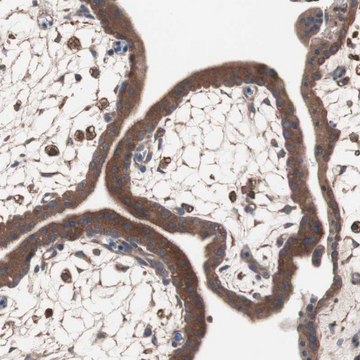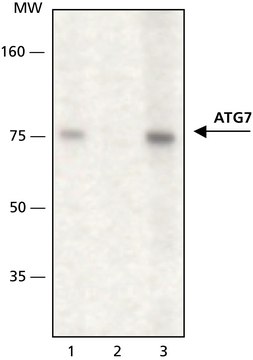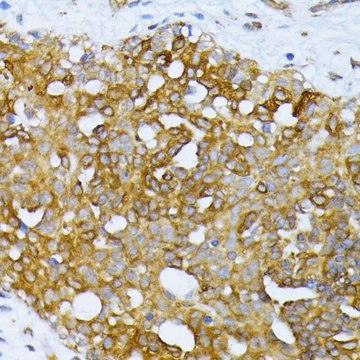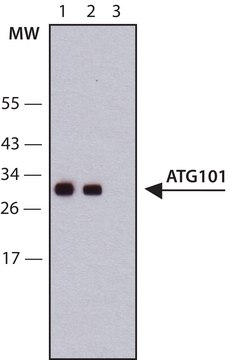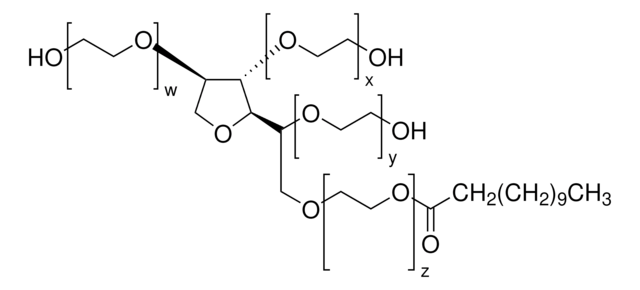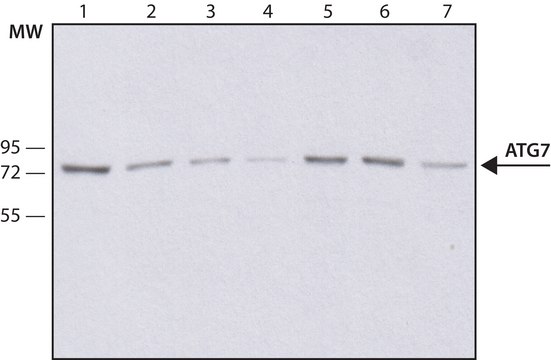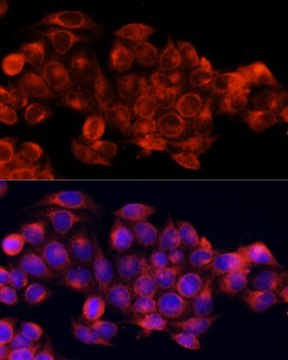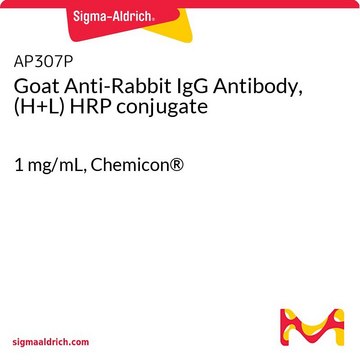SAB4200507
Anti-ATG101 antibody, Mouse monoclonal
clone ATG101-7, purified from hybridoma cell culture
Synonym(s):
Anti-C12orf44, chromosome 12 open reading frame 44, PP894, Atg13-interacting protein, Anti-autophagy-related protein 101, Monoclonal Anti-ATG101 antibody produced in mouse
About This Item
Recommended Products
biological source
mouse
conjugate
unconjugated
antibody form
purified from hybridoma cell culture
antibody product type
primary antibodies
clone
ATG101-7, monoclonal
form
buffered aqueous solution
mol wt
antigen ~30 kDa
species reactivity
human
concentration
~1.0 mg/mL
technique(s)
western blot: 1-2 μg/mL using whole extracts of HEK-293T cells overexpressing human ATG101.
shipped in
dry ice
storage temp.
−20°C
target post-translational modification
unmodified
Gene Information
human ... C12orf44(60673)
Looking for similar products? Visit Product Comparison Guide
General description
Specificity
Immunogen
Application
Biochem/physiol Actions
Physical form
Storage and Stability
Disclaimer
Not finding the right product?
Try our Product Selector Tool.
Storage Class Code
10 - Combustible liquids
Flash Point(F)
Not applicable
Flash Point(C)
Not applicable
Regulatory Information
Choose from one of the most recent versions:
Certificates of Analysis (COA)
Don't see the Right Version?
If you require a particular version, you can look up a specific certificate by the Lot or Batch number.
Already Own This Product?
Find documentation for the products that you have recently purchased in the Document Library.
Our team of scientists has experience in all areas of research including Life Science, Material Science, Chemical Synthesis, Chromatography, Analytical and many others.
Contact Technical Service